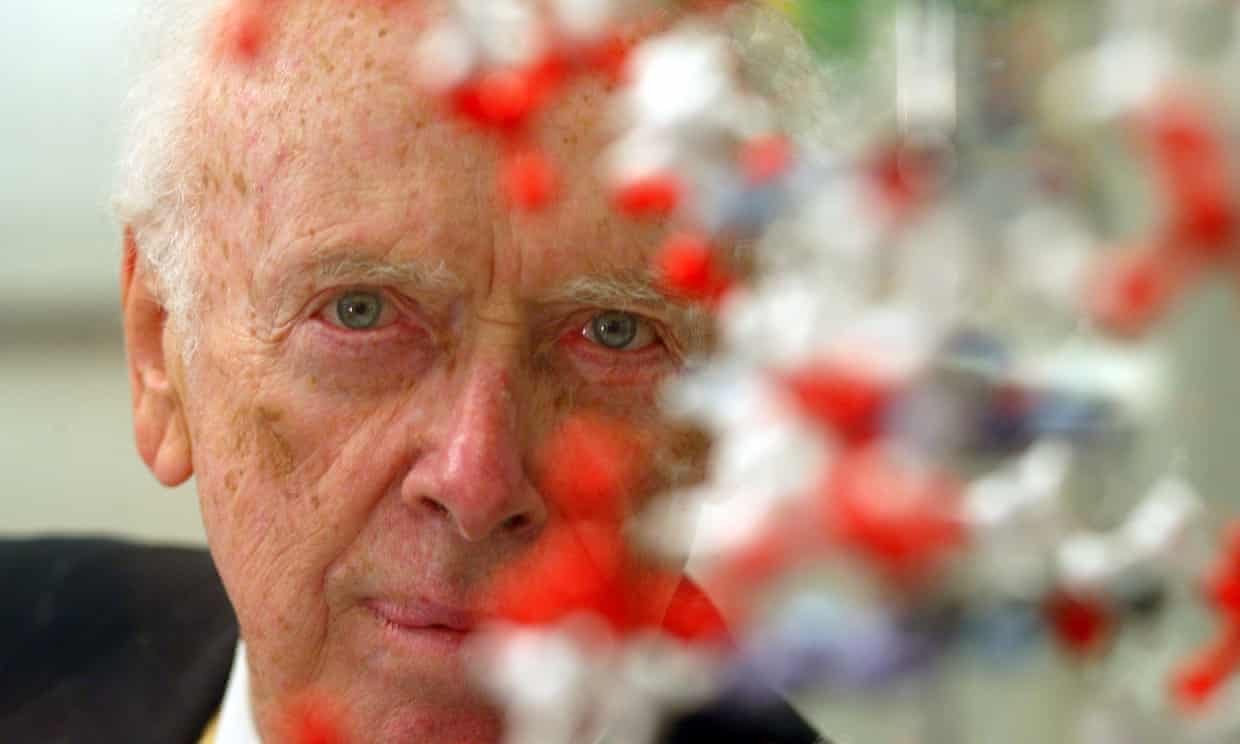James Watson, the co-discoverer of the structure of DNA, passed away on November 6, 2025, at the age of 97. His groundbreaking work, conducted alongside Francis Crick in 1953, revolutionized the field of molecular biology and earned the duo a Nobel Prize in 1962. Despite his monumental contributions, Watson’s career was marred by controversy and his often contentious views on race and intelligence.
Watson and Crick’s discovery of the DNA double helix at the Cavendish Laboratory in Cambridge, England, marked a pivotal moment in scientific history. This discovery demonstrated that the genetic code, which governs inheritance, is encoded in the molecule’s structure, consisting of four nucleotide bases: adenine, thymine, guanine, and cytosine. On February 28, 1953, Watson recounted in his memoir, The Double Helix, how Crick declared, “We have discovered the secret of life.” Their work laid the foundation for significant advancements in various fields, including biology, medicine, and forensic science.
Watson’s scientific journey began in Chicago, where he was born on April 6, 1928. As a precocious student, he enrolled at the University of Chicago at the age of 15, later focusing on genetics under the mentorship of Hermann Muller. Watson’s initial research trajectory shifted after a pivotal encounter with an X-ray diffraction image of DNA, taken by Maurice Wilkins in 1951. This image ignited Watson’s determination to explore the structural chemistry of DNA, leading him to Cambridge.
Upon arriving at the Cavendish Laboratory, Watson and Crick collaborated closely, utilizing physical models to deduce the structure of DNA. Their innovative approach combined Watson’s model-building skills with Crick’s expertise in interpreting complex data. Their findings, published in the journal Nature, highlighted a “possible copying mechanism for the genetic material,” a statement that understated the monumental implications of their discovery.
Over the years, Watson’s career expanded into various areas of research and administration. After serving as a senior research fellow at the California Institute of Technology, he returned to the Cavendish Laboratory and eventually moved to Harvard University, where he focused on RNA and protein synthesis. In 1968, Watson took the helm at the Cold Spring Harbor Laboratory in New York, transforming it into a leading research institution with a focus on cancer, molecular biology, and neuroscience.
One of Watson’s notable achievements was his involvement in the Human Genome Project, an ambitious initiative aimed at sequencing the entire human genome. Launched in the 1990s, the project faced skepticism but ultimately resulted in the sequencing of various organisms, paving the way for advances in genetics and medicine. By 2003, the project yielded substantial insights into genetic diseases and human evolution.
Despite his scientific achievements, Watson’s legacy remains complicated. His memoir, The Double Helix, while celebrated, drew criticism for its portrayal of colleagues, particularly regarding the contributions of Rosalind Franklin, whose work was instrumental yet overlooked in their narrative. Watson’s later remarks on race and intelligence, particularly in 2007, led to widespread condemnation and a decline in his public standing. His comments prompted the Cold Spring Harbor Laboratory to revoke his honorary titles in 2019.
Watson’s career culminated in both accolades and controversies, reflecting the complexities of scientific progress and the ethical dilemmas surrounding genetic research. He received numerous honors throughout his life, including an honorary knighthood in 2002, recognizing his contributions to science.
James Watson is survived by his wife, Elizabeth, their sons, Rufus and Duncan, and a grandson. His passing marks the end of an era in molecular biology, one that will be remembered for both its groundbreaking discoveries and the debates it ignited about the implications of genetic research.


































































